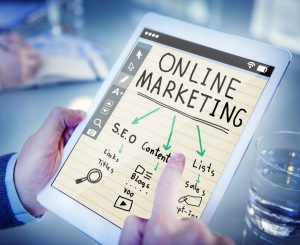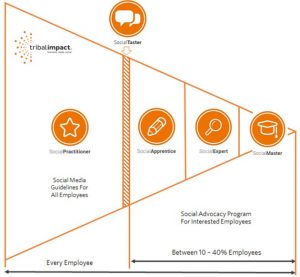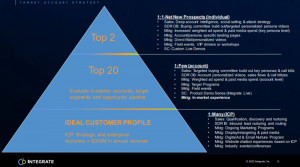The consumer path to purchase has become complicated in the digital age. Consumers have become savvier, taking more time to research products and services before they buy any. To boost online purchasing rates, it is no longer just about SEO and getting them to your website, although that is still a factor. You must consider and plan your marketing based on the entire path a consumer will take before they make a buying decision.
Determining Your Consumers Path To Purchase
To the frustration of marketing directors everywhere, technology has groomed a new hybrid consumer that is constantly evolving and changing their purchasing habits. Even the most basic digital customer can have several steps in their digital journey to purchasing.
In a study released by GroupMNext and Compete, digital shoppers were broken down into six types of shoppers, all taking different consumer paths to purchase that involved an average between 3-35 steps. Due to this multiple-step approach, it is important to plan marketing campaigns to address these different steps that are influential in the consumer buying decision.
Common steps most consumers take on their path include:
- Search engine. Almost all types of digital shoppers use the trusted search engine. This is where SEO is still an important part of planning for your consumer’s purchasing path. To even be considered in the mix, your website must be found in their searches. From the search engine, most types of digital consumers in the study moved on to looking at retailer sites first before they begin their research.
- Social Media. In half of the digital consumers in the study, social media was part of their path to purchase. Having a strong social media presence should be part of any digital marketing strategy to boost purchase rates.
- Mobile. Many digital shoppers are now shopping on the go, using mobile devices to research their purchases. As mobile internet use increases, the need for mobile applications also becomes more important. Many consumers use only their mobile devices for purchases, making it essential to add mobile into your consumer path plan.
- Keywords. Throughout the customer’s journey to purchase, they may use many different keywords to research the product. These include generic terms and brand names. Focusing only on the last keyword search that lead to a buying click can be misleading; the consumer may have based their decision on previous searches, using different keywords.
Touching Consumers On Multiple Platforms
Each consumer path is unique, dependent on their technical skill and personal knowledge. However, one constant is that digital consumers overall are taking more steps and a longer period of time to come to a buying decision.
According to research done by Google, one in three purchases will take over 30 days to come to fruition. On average, a consumer will make nine visits to websites before making a purchase. What this points to is the need for companies to be on multiple platforms to touch customers during their consumer path to boost purchase rates.
This plan should include SEO strategies based on various keywords, both generic and brand centric. It should also include a well-rounded social media marketing program, mobile applications and advertising. The more times a customer is positively exposed to their product or online store site, the better chance a business will have for a conversion to purchase.
In the end, there is no simple solution to understanding the consumer’s path to purchase. However, the more research you do into how your existing customers found your site and what influenced their buying decision, the better you can tailor your marketing to effect potential customer’s decisions to buy from your business in the future.
Business Articles | Business 2 Community
(401)









